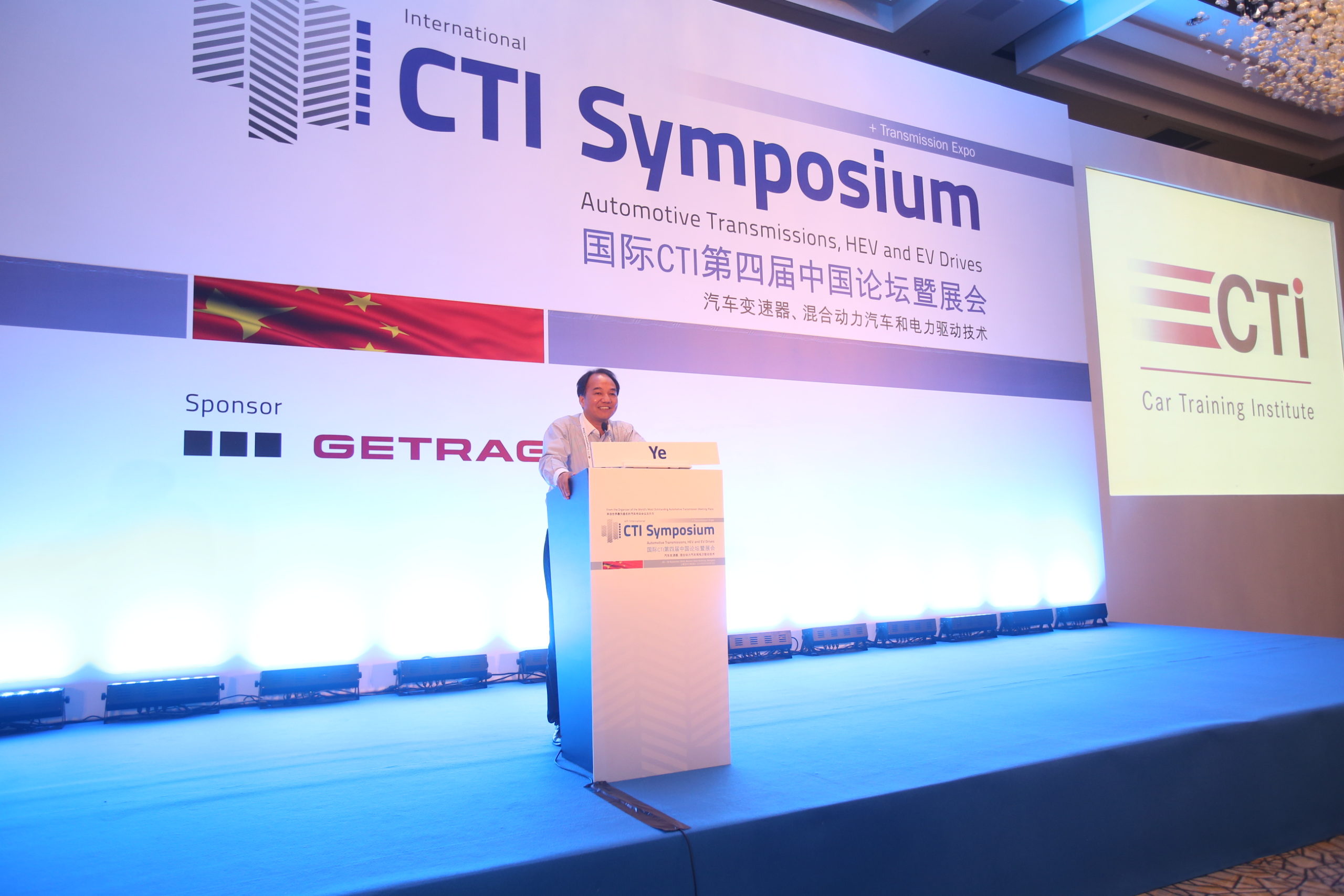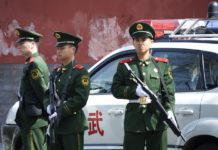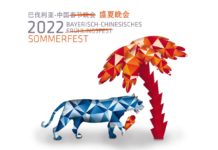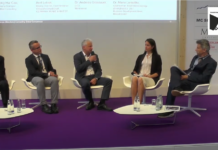
The 4th International CTI Symposium China was held in Shanghai Marriott Hotel Parkview from September 16 to September 18. The symposium focused efficiency and diversity of transmission concepts in the new phase of the Chinese decelerating automotive market. 430 participants from 17 countries took part in the symposium. 6 plenary speeches and 42 presentations are given to the audience.
The Chinese automotive market is entering a new phase after experiencing a period with high growth. Prof. Shengji Ye, Vice General Secretary of China Association of Automobile Manufactures, addressed that the vehicle sales in China suppressed 23 million units, marking the country’s 6th straight year as the world’s largest auto market. However, the annual growth rate decreased from 14% in 2013 to 7% in 2014. The sales volume for January to August, 2015 is 15 million units with 13 million of passenger vehicles (2.5% YOY increase) and 2 million of commercial vehicles (10% YOY decreases). The target for the growth rate of the sales volume was recently adjusted from7% to 3% by the government. Furthermore, Mr. Shengqi Li, Secretary General of China Gear Manufacturing Association estimated that the annual growth of the Chinese automotive market will continue stagnating at 0-3% from 2016-2020. There would be much harder competition and further consolidation in the near future.
The development of new energy vehicles (NEV, including EV, PHEV, FCV) is not as fast as expected. Only 80,000 were sold from January to August, 2015 in China. The experts believe that the sales volume of NEV in China would have high growth due to low volume base, but there will be a considerable number of years until the age e-mobility. NEV development should be based on the traditional vehicle technology, which requires further development. The Chinese government has enhanced fuel economy standards for light duty passenger vehicles until a fuel consumption of 6.9L/100km by 2015, and 5.0L/100km by 2020. In this context, the development of energy saving technologies, especially for the transmission of traditional and hybrid technologies is substantial for the automotive OEMs and





